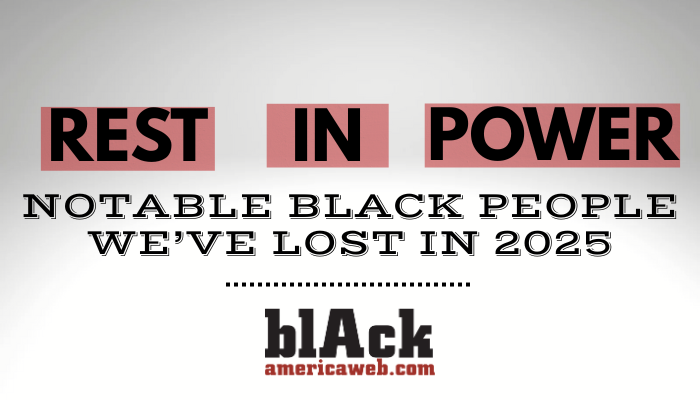Little Known Black History Fact: Seneca Village - Page 2
Share the post
Share this link via
Or copy link
Seneca Village was once a thriving Black community in a section of New York where Central Park exists now. The village was torn down to make way for the development of the public park, displacing rightful Black land owners and poor Irish settlers.
Seneca Village was established in 1825 after a local deliveryman began selling portions of his farm land. Andrew Williams bought the first three lots for $125 and by 1832, 25 more lots were sold to Black people. When slavery ended in New York State on July 4, 1827, Seneca Village became a destination for many of the state’s freed slaves. As the village grew, it accepted other oppressed and economically challenged ethnic groups.
In Ireland, a potato famine forced many from the country to head to the United States in order to survive. Many of these new settlers lived in Seneca Village and later comprised a third of its residents. Both Black and Irish people were looked down upon by the more affluent members of Manhattan’s upper society and the village was viewed as a shantytown. This discrimination led to a manner of solidarity between the two marginalized groups.
The village wasn’t extremely large as it housed three churches, a school and some cemeteries. The 1855 Census reported 264 residents there. At the time, anything beyond Manhattan’s 59th street was underdeveloped or rural in nature. As a campaign to create a large public park in the middle of the city went underway, organizers realized Manhattan didn’t have enough space to cater to developing such a space. So the media began to paint the village as a place for squatters, even though most of the land was owned by Black business people.
The perception that Seneca Village was less than savory began to spread, and the village was razed to construct the park. The community tried to fight it, heading to the courts to save their land but the government claimed eminent domain, paving the way to eviction. Some villagers were reportedly evicted by violent means and ultimately ousted for good on October 1, 1857. To this day, no living descendants of the village dwellers have been found nor was there any record of where they resettled.
The village largely fell out of public memory but thanks to the efforts of the Seneca Village Project, the village’s history is better known. Despite claims in the press that it was a poor and rundown section of town, the Project states that Seneca Village was in fact a middle-class Black neighborhood.
In 2001, the city of New York placed a Historical Marker in the place where Seneca Village once stood in Central Park.
(Photo taken by Ed Yourdon)
This work is licensed under a Creative Commons Attribution 4.0 International License.
Like BlackAmericaWeb.com on Facebook. Follow us on Twitter.












